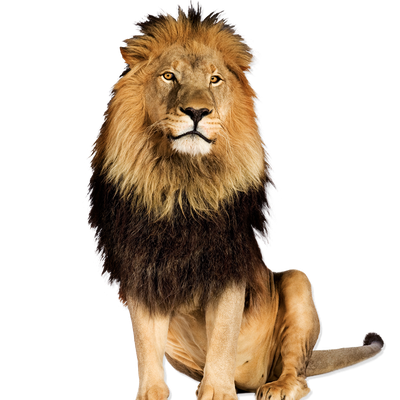Your search returned 102 results
-
Mineral properties
https://australian.museum/learn/minerals/properties/Minerals can be identified using a number of properties. These include physical and chemical properties such as hardness, density, cleavage and colour, crystallography, electrical conductivity, magnetism, radioactivity and fluorescence.
-
Opal
https://australian.museum/learn/minerals/gemstones/opal/Facts about Opal.
-
Crystallography
https://australian.museum/learn/minerals/what-are-minerals/crystallography/Minerals can be identified by the shape of their crystals: called crystallography. External crystallography measures the outside properties of crystals such as length of crystal surfaces and the angles between these surfaces.
-
Azurite on Cerussite
https://australian.museum/learn/minerals/mineral-factsheets/azurite-on-cerussite/This beautiful specimen contains the largest Broken Hill azurite crystal in our collection.
-
Molybdenite on quartz
https://australian.museum/learn/minerals/mineral-factsheets/molybdenite-on-quartz/With its large, curved, silvery, flexible and metallic crystal flakes scattered over quartz crystals in an aesthetic arrangement, this is the best molybdenite (molybdenum sulphide) specimen of its type in the world.
-
Maitland Bar Gold Nugget
https://australian.museum/learn/minerals/mineral-factsheets/maitland-bar-gold-nugget/The Maitland Bar gold nugget has a value far beyond its gold content.
-
Calcite Crystals
https://australian.museum/learn/minerals/mineral-factsheets/calcite-crystals/This attractive and impressive group of large and transparent scalenohedral or ‘dog-tooth’ calcite crystals is from a pool in Cliefden Caves.
-
Gold on Quartz
https://australian.museum/learn/minerals/mineral-factsheets/gold-on-quartz/Gold always has instant appeal, and this photogenic specimen certainly attracts attention.
-
Opal ‘Pineapple’
https://australian.museum/learn/minerals/mineral-factsheets/opal-pineapple/This opal ‘pineapple’ has nothing to do with the fruit – the term is only a visual description. The opal is made of silicon dioxide with water.
-
Azurite with Cerussite
https://australian.museum/learn/minerals/mineral-factsheets/azurite-with-cerussite/This magnificent plate of dark blue azurite (copper hydroxy-carbonate) crystals from the oxidised zone of the Broken Hill orebody was acquired by Albert Chapman from a Broken Hill mine ‘trucker’ who ‘collected’ it in the 1950s.
-
Find out more
Tails from the Coasts
Special exhibition
On now![]()
-
Find out more
Burra
Permanent education space
10am - 4.30pm![]()
-
Find out more
Wild Planet
Permanent exhibition
Open daily![]()
-
Discover more
Minerals
Permanent exhibition
Open daily![]()





